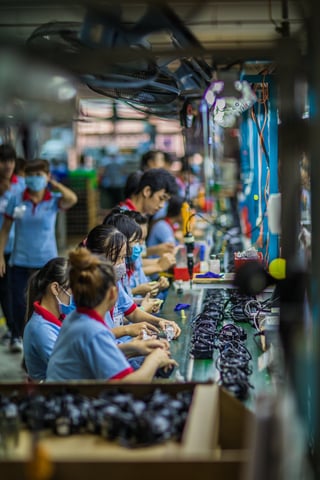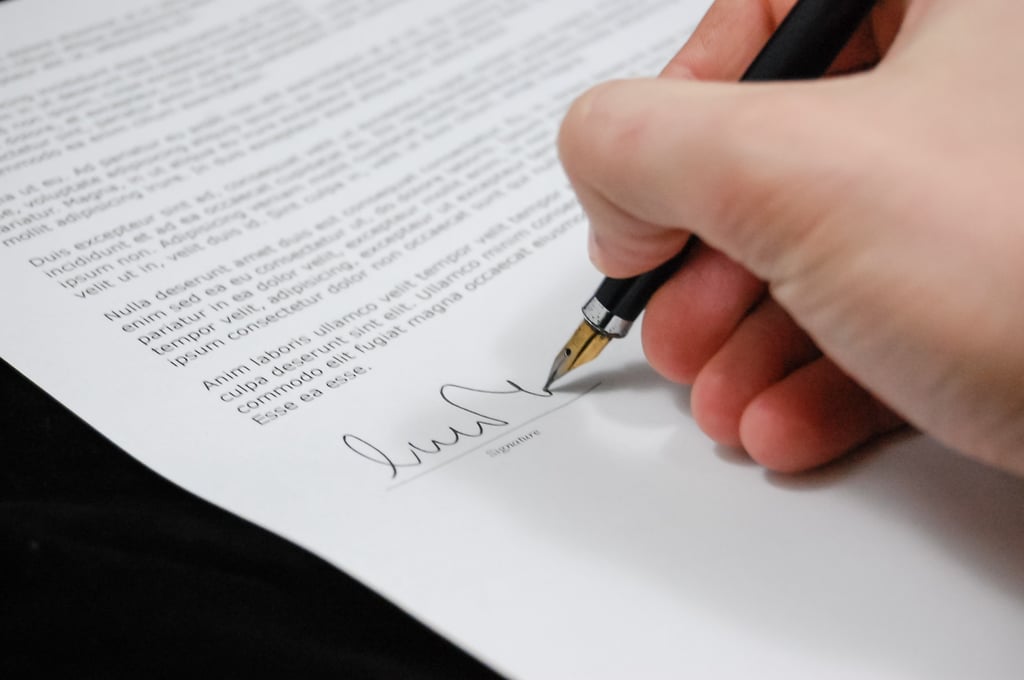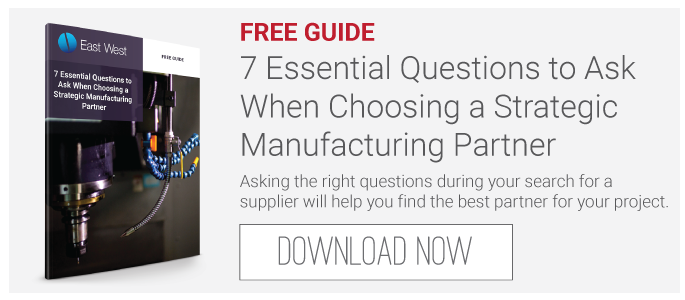We've written a lot about protecting your facility and processes from cyberattack. As these incursions continue to escalate, in number and in scope, companies of all sizes must address the issue of cybersecurity.
One thing we know for sure, uncertainty lurks everywhere. (Which is an oxymoron so it’s funny, right?) Managing potential threats is critical for every company, but when you’re in the business of overseas manufacturing and all it entails, risk mitigation is an ongoing, day-to-day operation. It touches every part of the process, from materials to manufacturing, from labor to logistics.
Each year, Kroll, a leading global provider of risk solutions, releases their Global Fraud & Risk Report. This report takes information gathered by online surveys and interviews with more than 500 senior executives worldwide across multiple industries and geographies.
The 2019/2020 reports concludes that the manufacturing industry is comparatively more susceptible to risks surrounding IP theft, leaks of internal information, and geopolitical tensions. We’re going to look at a few key risk factors and make a few suggestions to help you navigate the potential disruption.
Labor
It’s true in families, it’s true in governments and it’s true in the most successful global companies:  Nothing is ever easy when people are involved. People bring with them great enthusiasm, talents, and capabilities, but they also bring emotion, their personal experience and sometimes their own agenda. Talent shortages are not just a U.S. phenomenon, it’s worldwide.
Nothing is ever easy when people are involved. People bring with them great enthusiasm, talents, and capabilities, but they also bring emotion, their personal experience and sometimes their own agenda. Talent shortages are not just a U.S. phenomenon, it’s worldwide.
- Skill - As more and more automation finds its way into factories, it becomes more difficult to find and maintain an educated workforce.
Can you partner with local government or civic/educational entities to develop a workforce training program to feed your pipeline?
- Compensation - Once you find and train your workers, you must pay enough to keep them from walking across the street to the factory that’s paying $5.00 an hour more.
If higher pay isn’t an option, are there other creative things you can do that will make your company more attractive than the competition? How about quality of life additions like better working conditions, on-site childcare, continuing education vouchers or flexible working hours?
- Social/Safety concerns - In some areas of the world, the use of child labor, slavery or other exploitative labor practices can still be found, and not too far off the beaten path. You must be certain you and your suppliers, and their suppliers aren’t engaged in these illegal and immoral practices.
It’s imperative to stay on top of this issue, and not only out of concern for the people being exploited though that’s certainly compelling enough. If your company is associated with any form of unethical labor practices, even degrees removed, your brand is affected.
- Organized labor/Unions - Whether you’re talking about inside the manufacturing facility or dockworkers at the ports, unions are another piece of the labor puzzle that must be monitored.
Engage knowledgeable and experienced counsel to advise you on labor issues both in the U.S. and abroad.
- Regulatory issues - Rules and regulations affect the people working in your facilities. It’s your responsibility to know the regulations (safety and training, for instance) and impart that to your employees.
Again, it’s critical to stay up to date on any regulatory issues and monitor implementation. If something falls through the cracks it’s on you, not the manager in charge of implementation.
Finances & Fraud
After science, money makes the world go ‘round. But when there are problems with money — you’re not getting paid on time or at all, your suppliers aren’t getting paid or maybe a situation arises with theft of intellectual property — everything seems to come to a grinding halt.

Due diligence is your best prevention, although there are limits to what you can do, especially when you’re dealing with a private company. If possible, look at financial statements and talk to other customers to get as accurate a picture of the company you're looking at. Consider it a red flag if a potential supplier won’t provide references. Here are a few tips:
- Set clear standards and expectations of a zero tolerance for corruption or bribery.
- Use experienced suppliers who have proven track records of financial stability.
- Diversify - don’t be more than 30 percent of your supplier’s business. You need to spread your business around.
- Conduct regular audits of your supplier’s financial regulatory compliance.
- Practice what you preach. Be transparent, pay your suppliers on time.
How a Contract Manufacturer Protects Your Intellectual Property
Protection of intellectual property (IP) can be a challenge when you’re manufacturing overseas. That Kroll Global Fraud and Risk study we discussed earlier reported the manufacturing industry is 43% more likely to experience issues of IP theft compared to only 24% across all industries. We recommend working with a contract manufacturer (CM) with experience in the country you’re interested in, whether that’s in Asia or closer to home.
Here’s why:
- Strong Supplier Relationships
They know the suppliers and often have their own facilities. It takes years to build trusting business relationships. It also takes due diligence. Before qualifying a new supplier, your CM should investigate their customer base, history, financial strength, quality management capabilities. Any predisposition to stealing or carelessness with a customer’s IP is usually exposed during the vendor qualification phase.
- Strategic Sourcing
Contract manufacturers know that sourcing components from multiple suppliers reduces the risk of any one facility getting hold of your product design or stealing proprietary information. This can go to the employee level by not giving any one employee visibility into the entire process, limiting the opportunity to steal IP. If your product is being made at a factory owned by the CM, the CM has ownership leverage to protect your IP.
- On-Site Resources
Your CM should have at least one local sourcing agent or engineer on site to oversee production and ensure there are no obvious IP issues.
Pro Tip: Visit the supplier yourself, if your CM allows, so you can see where your product is being made and have personal interaction with the supplier management.
- Experience
The reason you selected your CM was because they have experience in these matters. Trust them to do the job you hired them to do. They can spot the red flags because, unfortunately, they’ve seen them before.
- Legal Know-How
Contracts - The CM draws up contracts with suppliers, usually a Non-Disclosure Agreement (NDA), non-circumvent or other such agreement which includes an IP protection clause. Such terms are also included on purchase orders (PO), and substantial penalties are levied for breaking the agreement.

Patents/Trademarks/Copyrights - You should protect your IP by registering for patents and trademarks in your home country, and in the country where your products are being made. This should be done pre-production. For example, Chinese courts will back you up if you have followed the procedures for protecting your IP in advance. According to the China Law Blog, “China has created a system for protecting IP, technology and trade secrets and that system works reasonably well. But it only works for companies that have taken steps in advance to protect themselves. Companies that take action only after the IP has been stolen face an impossible task in China.”
-
-
- For more information regarding IP protection in China check out the US-China Business Council page on best practices for IP protection.
- For more information about IP protection in Vietnam, head to the ASEAN Intellectual Property Association.
-
The entire Kroll report is worth your time. It’s broken down into industries and regions around the globe. One thing we liked in the report was its emphasis on building business resilience, laying down three principles that ought to undergird decision-making around risk mitigation:
- Preparedness is a process, not a condition. You will always need to be prepared. While some risks will stay the same or change in intensity, innovation and technology brings with it new hazards to address. Build a culture of vigilance into your business and employees.
- The risk you can see, might not be the one most likely to occur. If you’re prepared for a tornado, but your company is in New York City, you’re ready for something that probably won’t happen. The Kroll report puts it like this: “Risk” is calculated as likelihood multiplied by consequences. Look at past threats, consider whether they are still plausible concerns and develop your plan from there.
- Allocate resources based on real risks. The Kroll report puts it this way: Companies need to “resource against the highest-risk event – not necessarily the highest-profile event.”
Preparedness is the greatest weapon companies have, especially now. “Companies’ greater use of technology and their increasing reliance on international supply chains means they are more at risk from fraud than ever before," said Dan Karson, co-chairman of Kroll Investigations & Disputes, in the company's report. "In our experience, this risk can be mitigated against by adopting a conscious and proactive approach. Many of the challenges organizations face could be reduced through the implementation of employee and partner education programs or a tighter set of policies that help remove avoidable errors and poor business practices.”
[Originally published August 2017]
Read more:
- Top 10 Lessons in Offshore Manufacturing (from a Manufacturing VP)
- How to Assess the Technical Capability of Your Contract Manufacturer
- 5 Tips to Determine Who's In Your Supplier Network




.jpg?width=176&height=56&name=MR_associatedNetwork_logo%20(1).jpg)